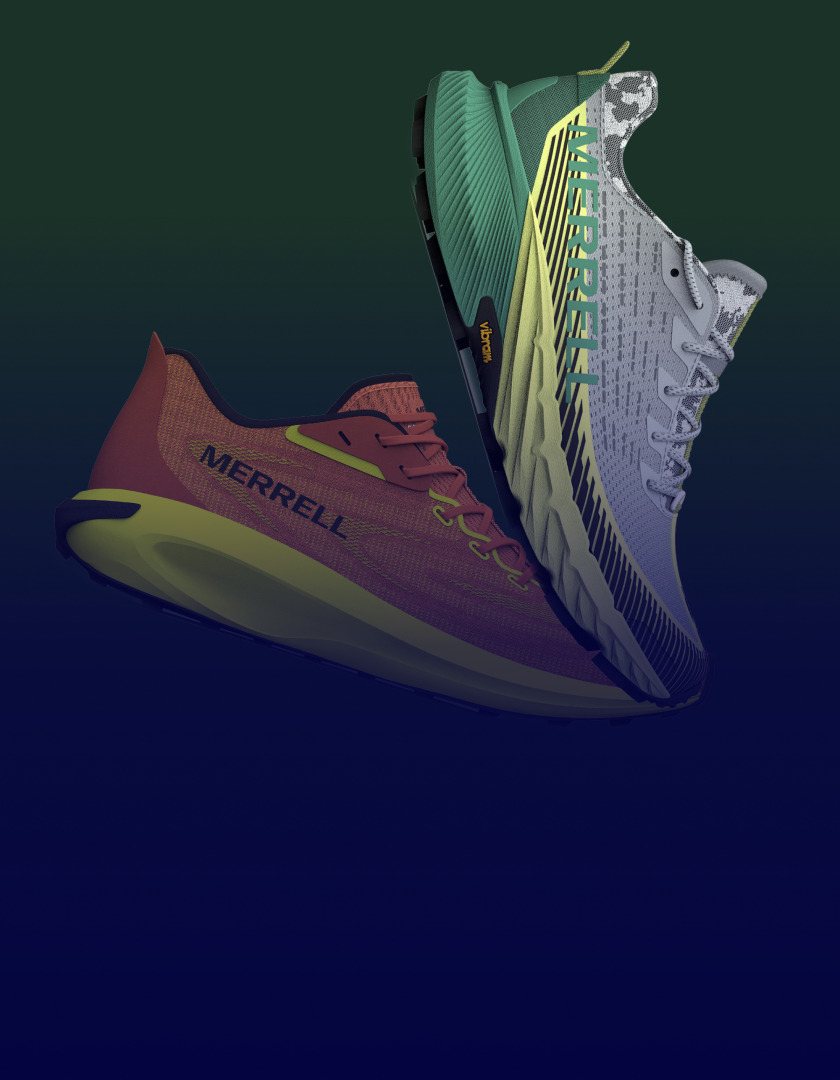Whenever you had time, you would log on to a competitor’s website and scan the products that popped up—in an extremely manual manner. We would usually monitor about six categories across six competitors”
The director of pricing at an apparel company describes the method that was used to compare prices with competitors before implementing Centric Market Intelligence™. “Today, with [Centric Market Intelligence], we manage an average of 200 competitor-category combinations—six times more insights than we could previously track.” What was the journey that the company took to get to this stage?
Clothing Retailer
Headquartered in the US, the company is an established branded apparel leader, selling products through a number of channels like wholesale, owned stores and other retailers, plus an e-commerce site.
Technology-Boosted Innovation
The company embraces innovation, with leadership recognizing the need to modernize systems and transform operations. “As a leading retailer, we know we’re a target for competitors, so we need to see what they are doing to stay ahead of trends and maintain our market position,” says the director. “We chose Centric Market Intelligence to improve competitive intelligence which in turn, informs company strategy.”
Six Times Better than Manual
Manually tracking competitor websites was time-consuming and an incomplete process. “It used to take an entire morning just to cover six categories across six competitors,” the director explains. “Now with Centric market Intelligence, we have access to 200 combinations of competitors and categories, giving us a far more comprehensive view in a fraction of the time.”
Manual searches provided only a surface-level view of competitors’ businesses. He continues, “You might only see what’s featured on the homepage or only what the first few styles are. You don’t get that same level of granularity that a market intelligence tool can offer,”
The company takes a collaborative, specialized approach to competitive analysis. “Our merchandisers—who are product experts and can assess whether ‘this shirt compares to that shirt’—set the requirements to ensure we’re focusing on the right details,” explains the director. “The planning team then analyzes the data to gain insights into category performance, helping us identify where to compete—such as focusing on high-volume categories. Meanwhile, the pricing team evaluates the data from a broader perspective, more of a total basket point of view, assessing our overall competitiveness and monitoring others’ promotions. They help determine whether certain offers are worth replicating.” This strategic alignment empowers the company to make more informed, data-driven decisions.
We chose Centric Market Intelligence to improve competitive intelligence which in turn, informs company strategy.”
Ramping Up
To start, there are differences in what various companies call an item. The director gives an example of a white T-shirt. A competitor may not call them ‘white’. They may call them ‘eggshell’ or ‘vanilla’. And they may not even call it a T-shirt—it might be a tee. “Trying to find the right comparison items and getting used to other people’s vernacular is a learning curve. Every retailer has different names.”
The director highlights the platform’s growing impact: “As our teams become more familiar with the system and adoption increases, the results have improved. The data is reliable and actionable, enhancing our ability to strategize effectively. We’ve even started predicting for upcoming holidays—aided by analyzing competitors’ trends from this year and previous years to gauge the likelihood of their repeating specific promotions.”
Day to Day Use and Setting Strategy
“Centric Market Intelligence is used by merchandising, planning, assortment, pricing, e-comm, product development. Its influence is felt across the business,” the director states.
Centric Market Intelligence determines how the company fits into a specific category and the target can be different for each one. He says, “There are certain products that are more commodity items where we’d want to price closer to what the competition is doing. And then there are other categories that are not so commodity-based and more emotional versus promotional.” For those categories, a different set of criteria is used, determined by the planning team.
When asked about the most valued features, the director shares, “Our two most frequently used tools are the promotion calendar and the historical workbooks, which help us track the evolution of competitors’ pricing strategies over time.” He adds, “We also use it to monitor how competitor timing shifts year over year. For example—just hypothetically—if v-neck sweaters launched in September last year but are arriving in August this year, that’s something we can quickly identify. The platform also allows us to track trends like changing color palettes within a category.” This growing adoption reflects the tool’s increasing value in the company’s strategic planning.
The director mentions other ways that people are using Centric Market Intelligence, “Our site team has now begun using the tool to see how frequently our competitors are changing their home pages, sending emails, things like that. Have they made any major formatting changes to their websites? So again, we can stay up on the latest trends.”
Centric Market Intelligence has been instrumental in shaping company strategy. “Identifying market gaps ensures that we position ourselves as the go-to destination for casual apparel ,” says the director. “Our goal is to cover every category our customers want, delivering a seamless, comprehensive shopping experience with the best value.”
Instilling Confidence
With respect to Centric Market Intelligence’s role in pricing, the director says, “The solution gives us greater confidence in recommending price adjustments—or determining when price isn’t the key factor driving performance. Some styles thrive simply because they’re perfectly on trend, while others reveal that price isn’t the solution,” he explains. “Centric Market Intelligence provides the insights we need to understand why an item is performing the way it is. For example, if we’re charging significantly more or less than a competitor, we can assess whether it’s selling well because of the price or because the color—say, blue—is resonating with customers. This enables us to conclude whether the product’s success is driven by value or if we’ve simply nailed the design.”
Collaborative Approach
The director highlights the value of working closely with the Centric team: “We have monthly check-ins with our Centric representative, which have been incredibly productive. Once a quarter, we dive deeper to explore new features and enhancements that could benefit our strategy. For instance, we recently discussed expanding our tracking of licensed products—not just T-shirts, but also items like socks, swimwear and pajamas. These brainstorming sessions have sparked new ways to use the platform effectively.”
He adds, “This ongoing collaboration allows us to refine how we use the system, keeping new products on our radar and identifying whether categories are expanding or contracting. It ensures we remain in tune with consumer trends and stay competitive in the market.”
New to Centric PLM? Learn more
Centric AI Fashion Inspiration Learn more
What is Centric Planning? Learn more
Demand Planning Learn more
Assortment Planning Learn more
Allocation and Replenishment Learn more
What is Centric Pricing & Inventory? Learn more
What is Centric Market Intelligence? Learn more
Centric Visual Boards Learn more












